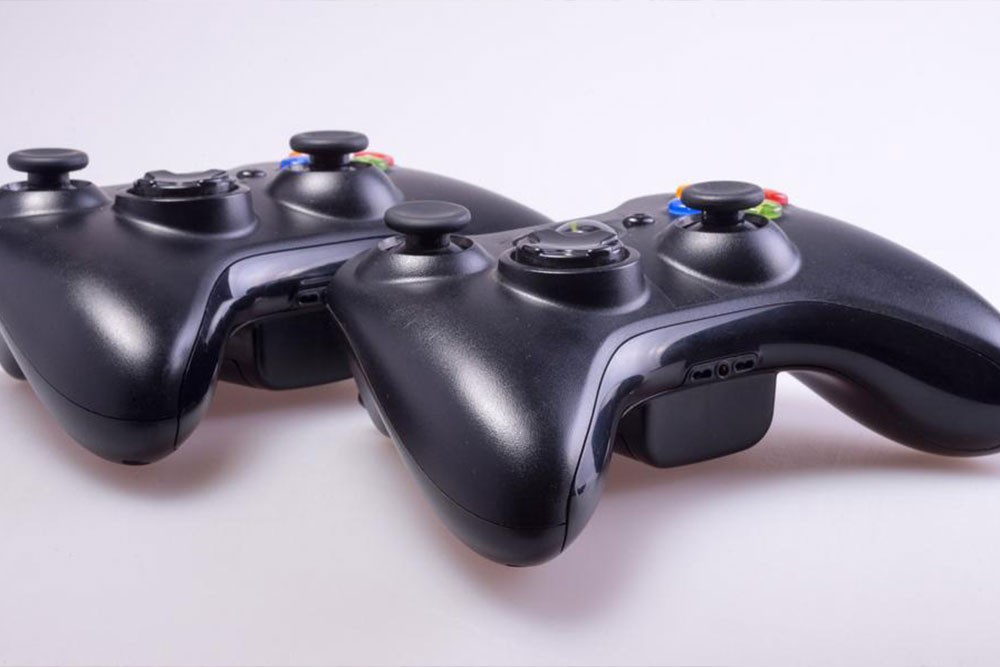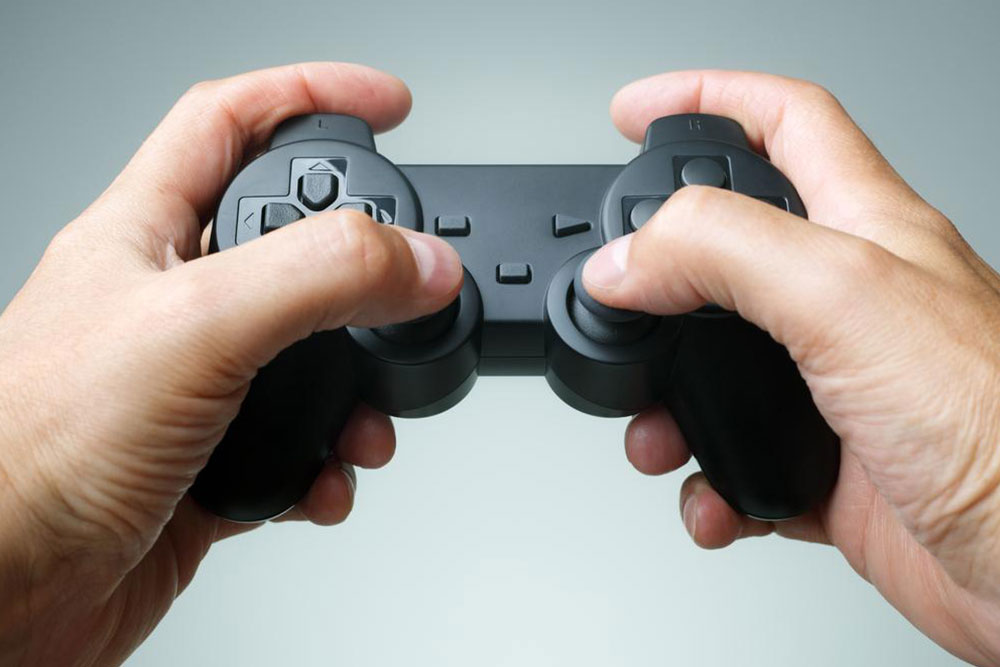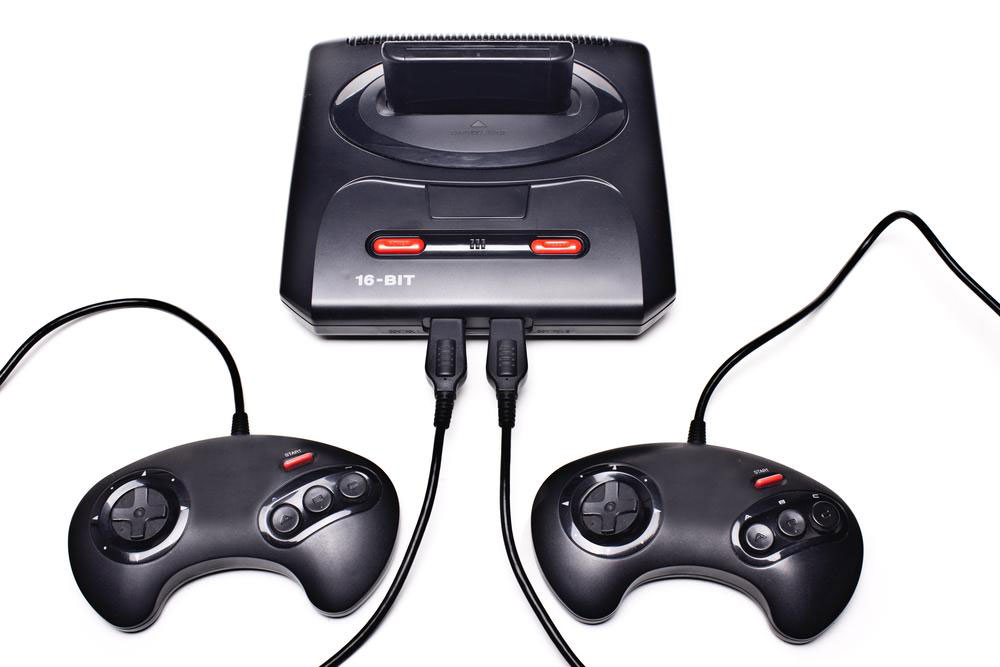A Brief History of PlayStation's Development and Impact
Explore the transformative journey of PlayStation from its inception in 1994 to its latest advancements. Discover how each console revolutionized gaming with innovative hardware, backward compatibility, and enhanced graphics. This overview highlights key features and evolutionary milestones of Sony's iconic gaming brand, illustrating its impact on the industry and gaming experience worldwide.

Understanding the Journey of PlayStation
PlayStation, a renowned gaming brand under Sony, debuted on December 3, 1994. It was part of the fifth generation of game consoles, competing with Sega Saturn and Nintendo 64 during the 1990s. The console's creation stemmed from Sony's unsuccessful partnership with Nintendo over a Super Nintendo add-on. Featuring advanced graphics, a dual-speed CD-ROM drive, and a 2MB CPU, PlayStation played a key role in shifting gaming from 2D to immersive 3D environments. Its use of CD technology enabled detailed full-motion videos, surpassing cartridge-based rivals like Nintendo 64. To save game progress, players relied on 128KB memory cards, as the console lacked an internal hard drive.
PSOne
Released on July 7, 2000, the PSOne was a smaller, more stylish version of the original, marked by a rounded design that became a trend for compact gaming devices.
PlayStation 2
The PS2 introduced the Emotion Engine CPU at 294.9MHz, with 32MB RAM and 4MB video memory. Its backward compatibility allowed use of many original PlayStation games. It was the first console to support DVDs, facilitating larger game assets, and was among the first to include USB ports. The console supported an optional 40GB hard drive, with storage expanded to 8MB memory cards. The DualShock 2 controller, featuring tighter sticks and a black finish, improved user experience.
PlayStation 3
Powered by the proprietary Cell processor developed with Toshiba and IBM, the PS3's CPU was complex to programming. It featured a 3.2GHz seven-core chip and Nvidia's RSX GPU with 256MB VRAM. The PS3 was Sony's first system to support HDMI and 1080p output. Early models had full backward compatibility with PS2 games due to the inclusion of a PS2 processor, but this feature was later removed to reduce costs. It introduced Wi-Fi connectivity and a 20GB internal hard drive, with options for users to upgrade storage.
PlayStation 4
The PS4 marked a shift to an x86 architecture CPU, similar to gaming PCs, with an 8-core AMD Jaguar processor at 1.6GHz, paired with 8GB of GDDR5 memory and an integrated AMD Radeon GPU for improved graphics performance.
Note:
This article offers an overview of PlayStation's historical progression and innovations. While providing valuable insights, it is intended for informational purposes and not as a definitive source. Readers should verify technical details independently, as data may vary across platforms. The site does not endorse outdated or incomplete information and advises consulting official sources for comprehensive research.










